Optimal Timing for Waterproofing
Waterproofing is a critical process to prevent water ingress and protect structures from damage. The optimal timing for waterproofing depends on various factors including weather conditions, temperature, and the type of structure involved. Proper planning ensures the longevity and effectiveness of waterproofing systems.
Spring offers moderate temperatures and increased humidity, making it suitable for many waterproofing applications. It allows adequate curing time before the heavy rains of summer.
Summer is ideal for waterproofing in regions with dry weather. High temperatures can accelerate curing, but excessive heat or direct sunlight may require additional protective measures.
Fall provides cooler temperatures and less humidity, which can be advantageous. It prepares structures for winter conditions, preventing water damage during freezing temperatures.
Winter waterproofing is generally avoided due to freezing temperatures that hinder proper application and curing. However, in mild climates, it may be feasible with specialized products.

Ways to make Waterproofings work in tight or awkward layouts.
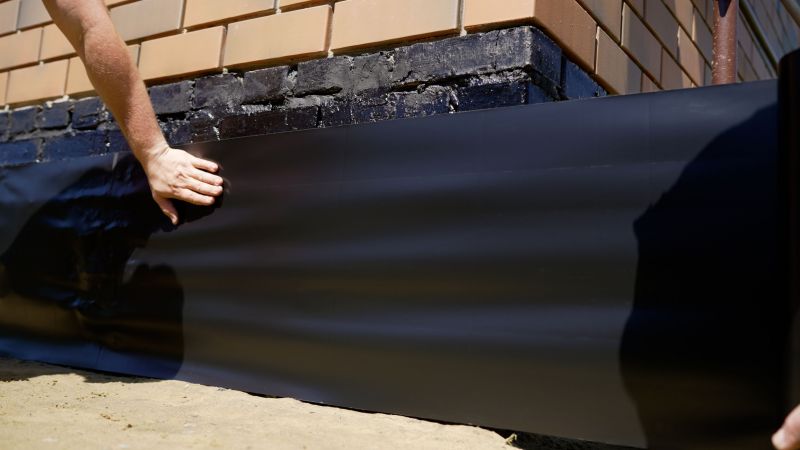
Popular materials for Waterproofings and why they hold up over time.

Simple add-ons that improve Waterproofings without blowing the budget.
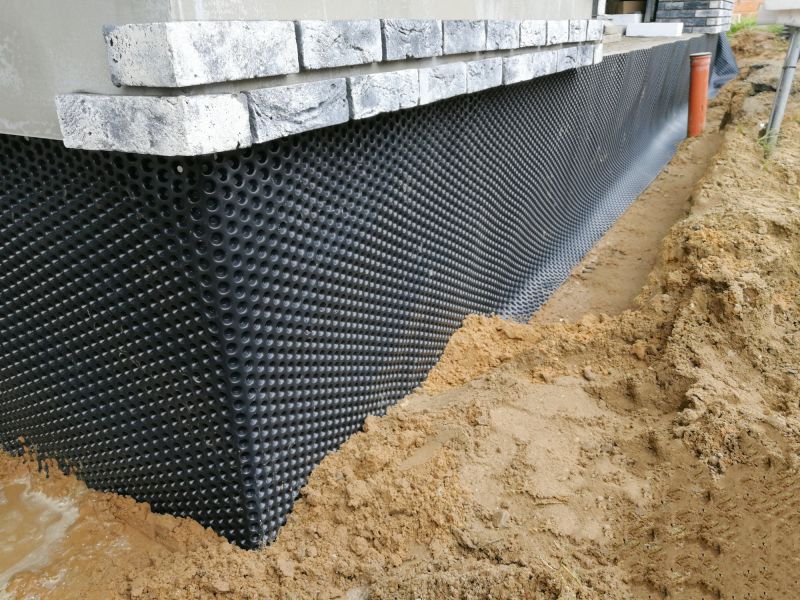
High-end options that actually feel worth it for Waterproofings.
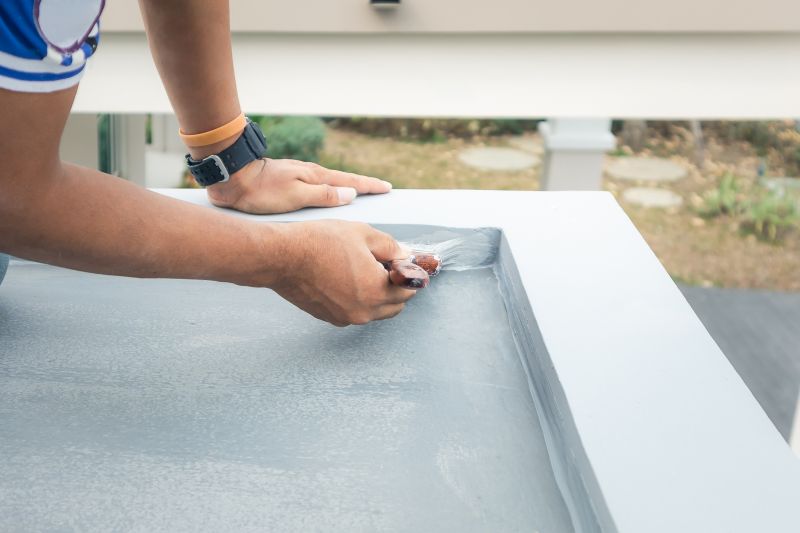
Finishes and colors that play nicely with Waterproofings.
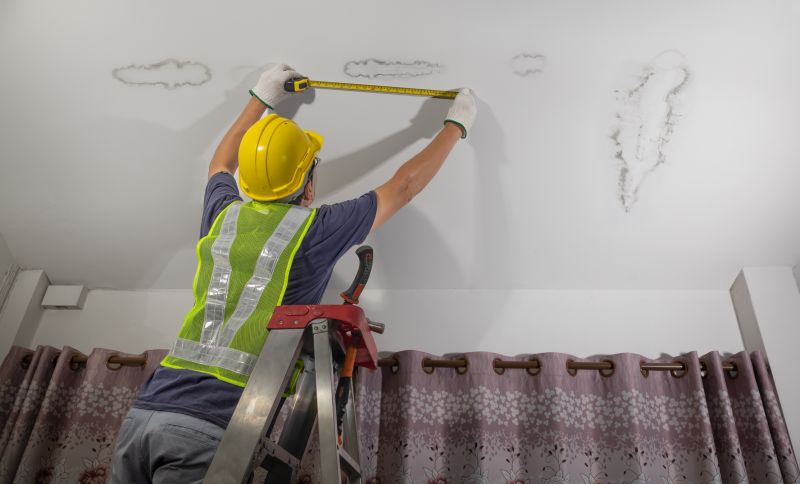
Little measurements that prevent headaches on Waterproofings day.
Waterproofings involve applying materials or systems designed to resist water penetration, protecting foundations, roofs, walls, and other structural elements. Proper waterproofing extends the lifespan of a building and reduces maintenance costs. Different waterproofing methods include membrane systems, liquid coatings, and sealants, each suited for specific applications and environmental conditions.
Statistics show that structures with correctly timed waterproofing can experience a significant reduction in water-related damages, with some studies indicating up to a 40% decrease in repairs over a decade. The effectiveness of waterproofing depends heavily on choosing the right time for application, which ensures optimal curing and adhesion.
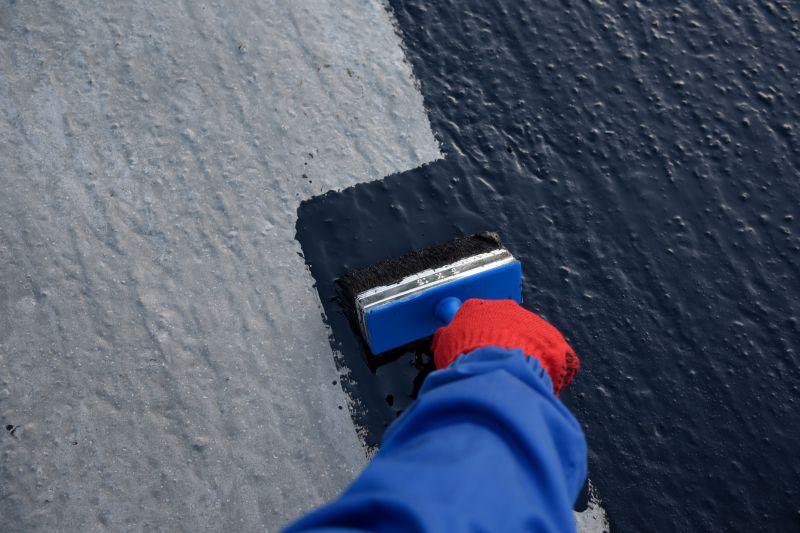
A 60-second routine that keeps Waterproofings looking new.

A frequent mistake in Waterproofings and how to dodge it.
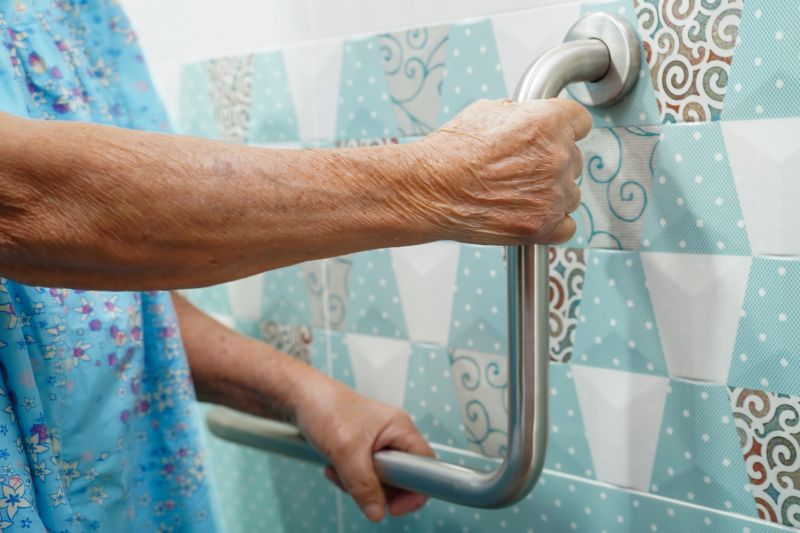
Small tweaks to make Waterproofings safer and easier to use.
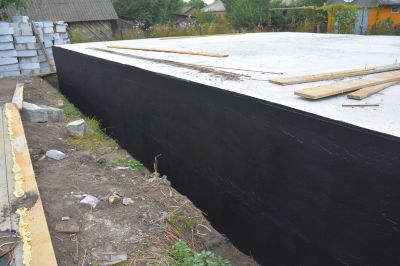
Lower-waste or water-saving choices for Waterproofings.
| Season | Optimal Conditions |
|---|---|
| Spring | Moderate temperatures, increased humidity, good curing conditions. |
| Summer | High temperatures, dry weather, rapid curing potential. |
| Fall | Cooler temperatures, less humidity, prepares for winter. |
| Winter | Freezing temperatures, generally unsuitable, unless specialized materials are used. |
Choosing the right time for waterproofing enhances durability and effectiveness. Proper application during suitable weather conditions minimizes risks like improper curing, cracking, or reduced adhesion. Consulting with waterproofing professionals can help determine the best timing based on local climate patterns.
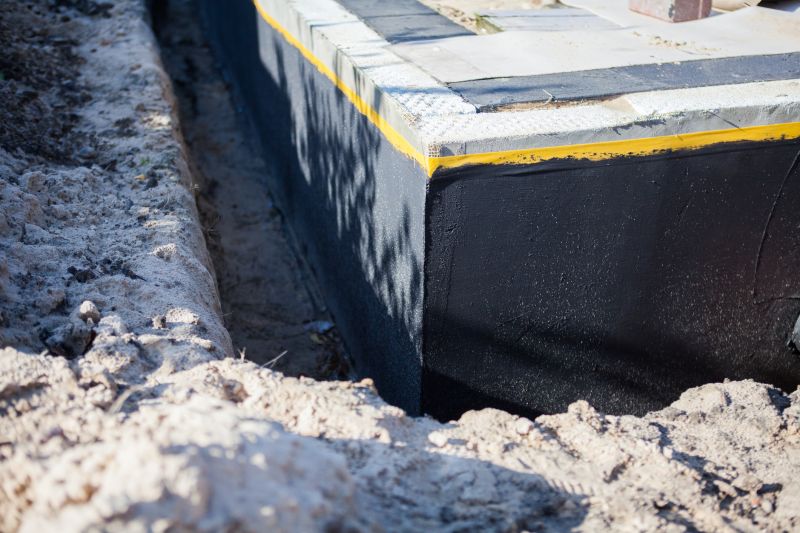
The short, realistic tool list for quality Waterproofings.
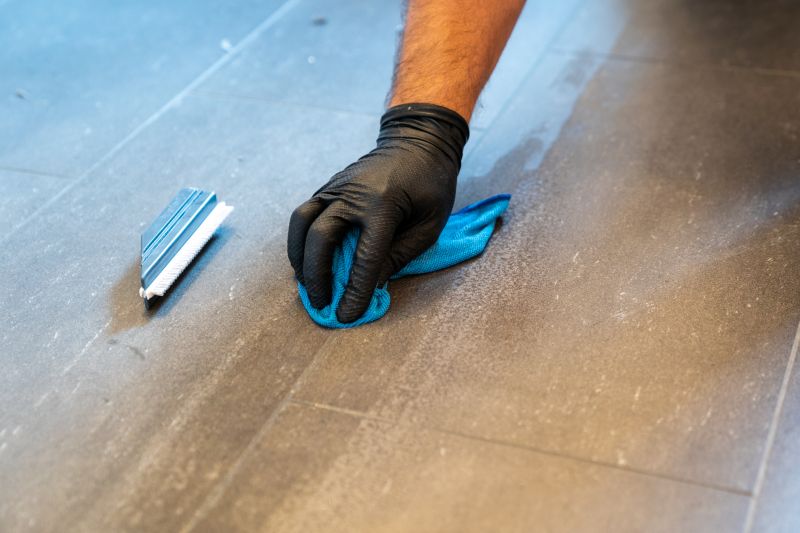
Rough timing from prep to clean-up for Waterproofings.

Quick checks and paperwork to keep after Waterproofings.
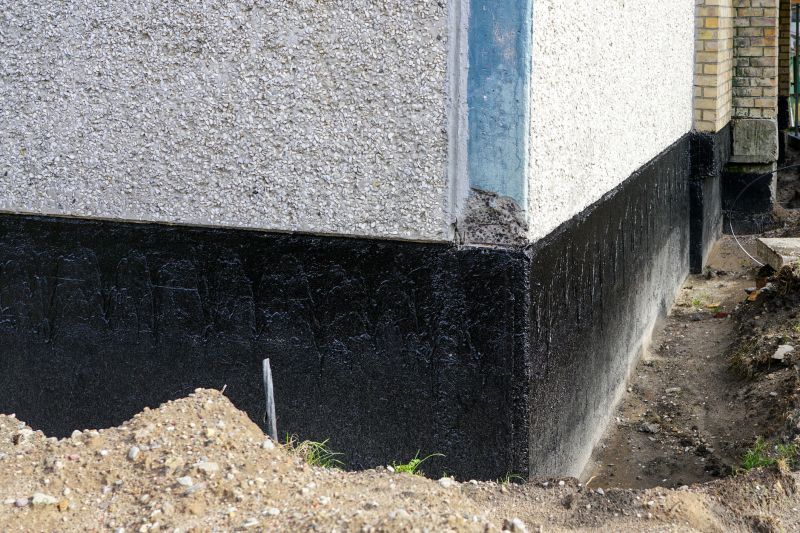
Examples that show the impact a good Waterproofings can make.
For those interested in waterproofing services, filling out the contact form provides an opportunity to discuss project specifics and timing considerations. Proper scheduling is essential for ensuring the longevity and effectiveness of waterproofing systems in Mooresville, Indiana.

